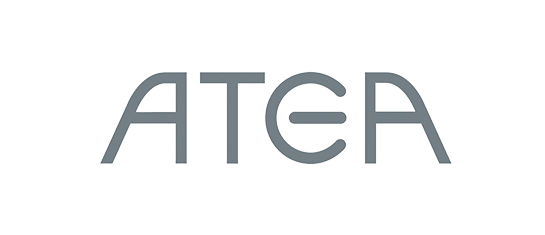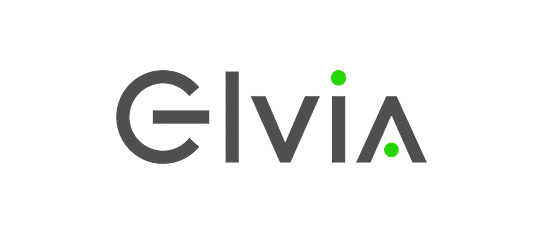







Fuse works with ambitious companies to
create world class, full-stack digital products.
Get in touch >
Fuse works with ambitious companies to
create world class, full-stack digital products.
Get in touch >









Apps done right
Succeeding with custom software takes expert know-how, passionate teams and proven methods. Get your app managed by our experienced Oslo-based team working as an extension of your own product team.

Shared platform
Fuse apps are built on the Fuse Platform, sharing code, components and infrastructure. This means Fuse can move fast - with high quality and precision. This frees up resources to focus on building unique value for each customer.

Shared success
We deliver working apps on a subscription based model, ensuring continuous delivery, consistent quality, and aligned business goals. Our model has proven to work for startups, enterprises, and everything in-between.

Fuse is always thinking in terms of platform value, not building custom software - this changes the game. In industries like maritime, offloading cost and risk from the customer is the key to unlock adoption of new technology.

EVP, Veracity - DNV

Fuse’s API-centric approach was a crucial ingredient for being able to launch a state of the art e-travel experience in just 4 months.

CIO, Flyr

Fuse's model was something else. Apps delivered as a continuous service with improvements and adjustments is important. Reuse of components is smart and time-saving. That's the direction app development is moving - Fuse is at the forefront of their industry.

CTO, Arctic Securities

Fuse presented a refreshing business and delivery model we could test at a low level of risk. We do now feel safe that our mobile needs are handled by Fuse. We are very pleased with the results so far.

Head of IT Development, Elvia